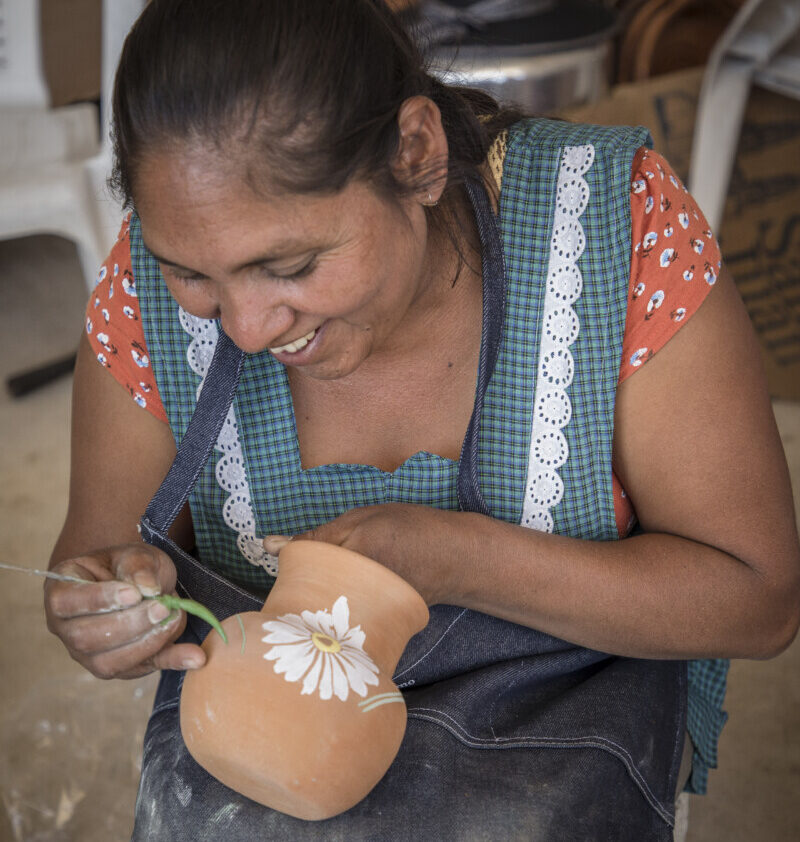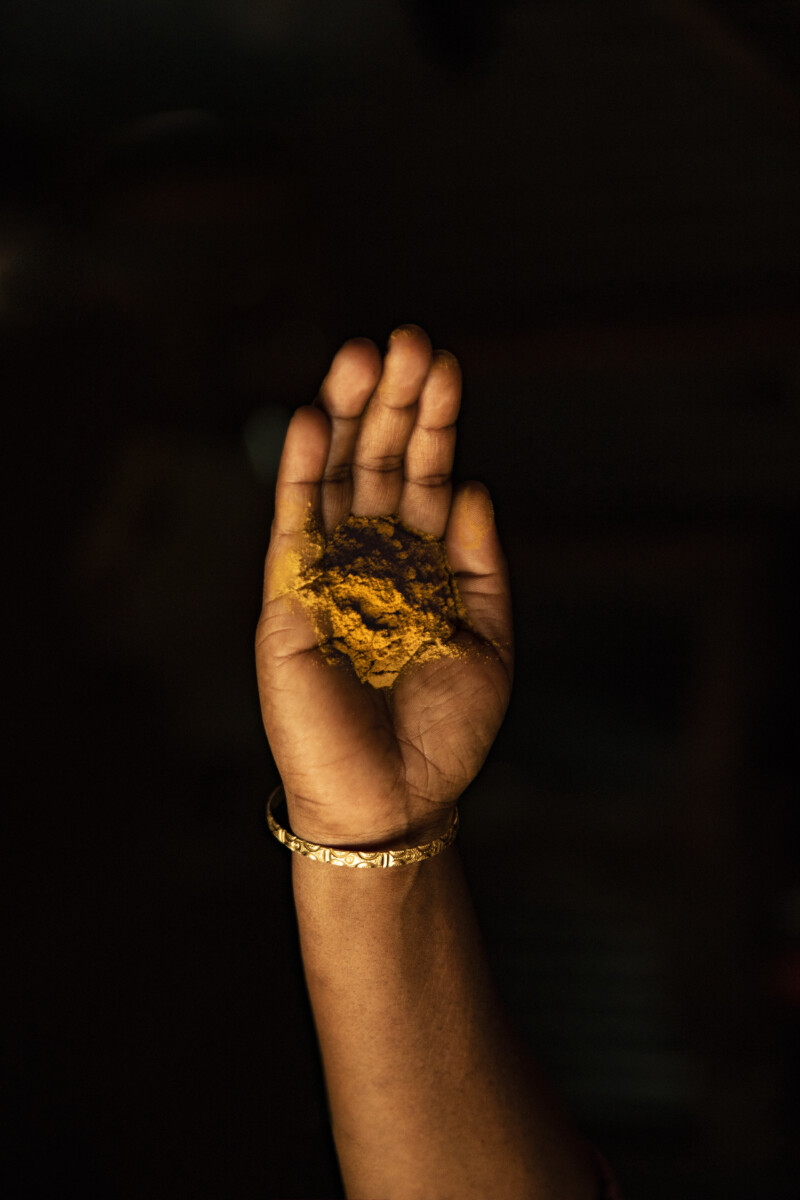Source-Specific Interventions are Key to Pure Earth’s 5-Phase Approach to Solving Lead Poisoning
About Source-Specific Interventions
Pure Earth designs and implements a range of interventions to reduce exposures and the use or release of lead in products and industrial processes. Pure Earth has conducted on-site assessments at more than 1,600 lead-contaminated sites and has conducted exposure-reduction programs in more than 50 communities.
Pure Earth remediates polluted communities, supports countries in developing and implementing strategies and programmatic approaches, and integrates communications such as education and awareness-raising training to inform stakeholders.
Spotlight on Mexico and Bangladesh
Bangladesh
Pure Earth Bangladesh has completed three cleanups of severely lead-contaminated villages, and conducted blood lead tests and home-based source investigations. The team and partners also conducted pre- and post-project environmental and blood lead level sampling and analysis, as well as an education, awareness, and advocacy campaign. These remediation projects have ensured a lead-safe environment for hundreds of villagers, and the future generations.
Mexico
Pure Earth Mexico’s work promoting lead-free pottery while protecting traditional cultural heritage has expanded and now has a presence in four states, in part because many of our community potter training programs were adopted and successfully replicated by state health authorities and universities. Pure Earth Mexico has also established ten Women’s Circles in three states across Mexico. With family health assessments, technical training and support to market their lead-free pottery, the Circle of Women (Circulo de Mujeres) project helps grow the women’s businesses while safeguarding the health and tradition of their families and future generations. To showcase the work of these women, Pure Earth Mexico organized a four-month long leadfree traditional pottery exhibition in the popular Arts Morelos Museum. The exhibition, the first of its kind, received the support of the country’s cultural, health, and tourism officials.



